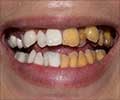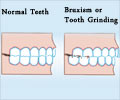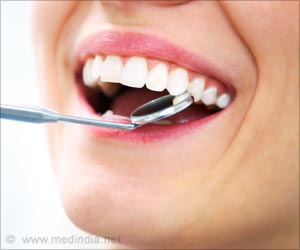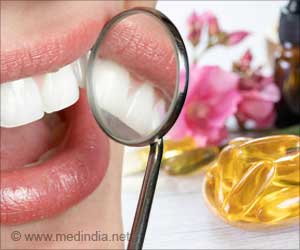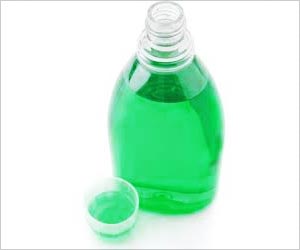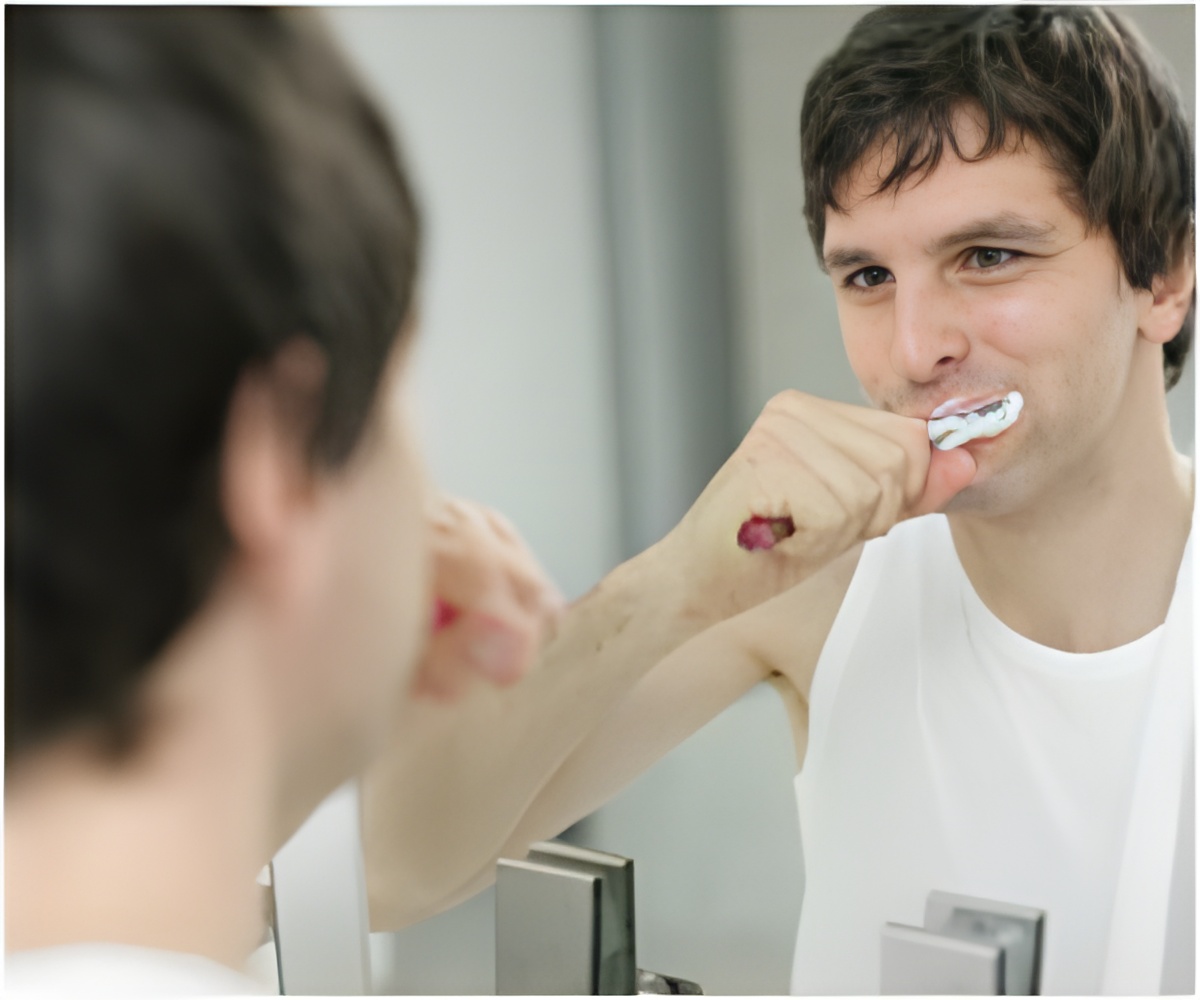
The salivary glands are essential for lubrication, defense and beginning digestion in the mouth.
The largest of the salivary glands - the parotid - secretes important proteins into the saliva. As with all salivary glands, it has multiple secretion pathways, therefore it must sort proteins destined for saliva into the correct pathway for secretion.
This can be tricky as there are seven possible pathways. One pathway takes proteins to the salivary duct, other pathways carry different proteins to the 'back' side of the cell to be secreted into the blood or to form a supportive matrix for the cells. Transport along these pathways occurs by sorting the proteins into vesicles (hollow membrane sacs) that carry their "cargo" to the correct destination.
Conventional thought was that cargo proteins are moved into the forming vesicles by attaching to sorting receptor proteins.
But Darling and his team have discovered a completely new approach, suggesting the reason no salivary sorting receptor protein has been found is that it may not exist.
Advertisement
Darling also found PtdIns(3,4)P2 can flip to the inner part of the vesicle membrane -giving PSP the opportunity to bind it.
Advertisement
The study was published in the Journal of Dental Research.
Source-ANI


